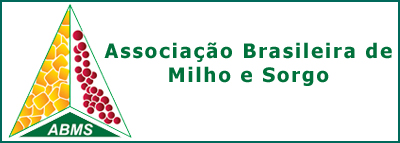BIOMASS YIELD FOR SILAGE AND GRAIN YIELD OF MAIZE INTERCROPPED WITH SOYBEAN
DOI:
https://doi.org/10.18512/rbms2020v19e1112Keywords:
Forage, crude protein, yield, Zea mays, Glycine max.Abstract
Maize is one of the main cereals produced worldwide and, in association with
soybean crop, can result in benefits to the production system. The objective of this study was to evaluate the biomass yield for silage and grain yield in maize crop, in the maize-soybean intercropping system. The study was conducted in the municipality of Dois Vizinhos - PR, Brazil, using a randomized block design, with nine treatments and four replicates. The treatments were composed of three maize hybrids grown in monoculture and in intercropping with two soybean cultivars (P1630+TMG7062, P1630+P95R51, P1630, LG6030+TMG7062, LG6030+P95R51, LG6030, P30F53+TMG7062, P30F53+P95R51 and P30F53). The data were subjected to analysis of variance and, when there was significance, Scott-Knott test was applied. Maize biomass yield for silage was approximately 4,000 kg ha-1 higher when the hybrids LG6030 and/or P30F53
were used. The cultivar TMG7062 stands out from P95R51 in terms of dry biomass yield for silage. The higher the percentage of soybean biomass added to the silage, the higher its crude protein content. However, crude protein yield per area was similar for the evaluated treatments. Some yield components (number of grains per row and thousand-grain weight) and grain yield of maize differ according to the hybrid used, but similarity is observed between intercropping and monoculture. There is evidence that the soybean cultivar TMG7062, intercropped with P1630, has the potential to reduce the grain yield of the cereal.
Downloads
Published
How to Cite
Issue
Section
License
Authors retain copyright and grant the journal right of first publication with the work simultaneously licensed under the Creative Commons Attribution License that allows the sharing of work and recognition of the work of authorship and initial publication in this journal.
Authors are able to take on additional contracts separately for non-exclusive distribution of the version of the paper published in this journal (eg, in an institutional repository or publish as a book), with acknowledgment of its initial publication in this journal.
Authors are permitted and encouraged to post their work online (eg, in institutional repositories or on their website) at any point before or during the editorial process, as this may leadto productive exchanges, as well as increase the impact and citation of published work.



